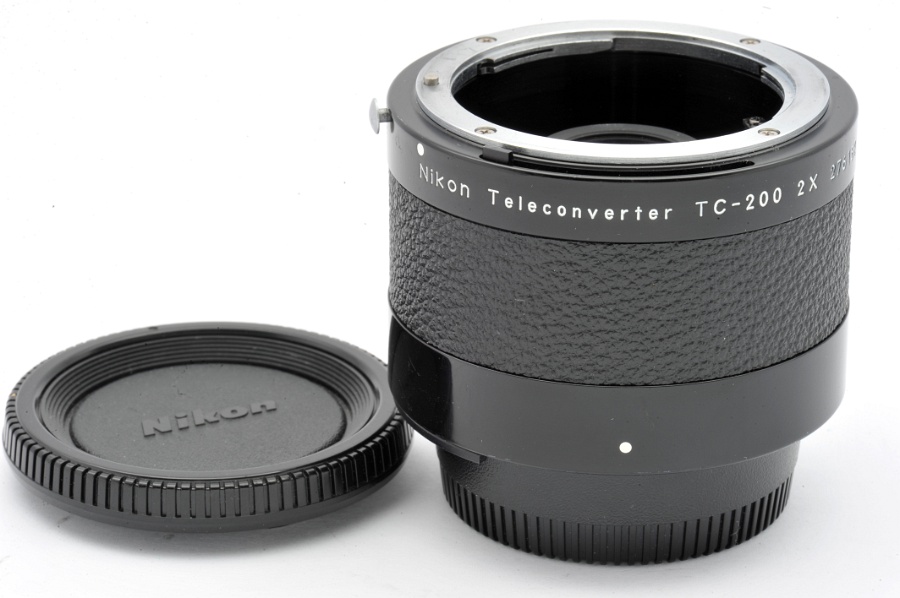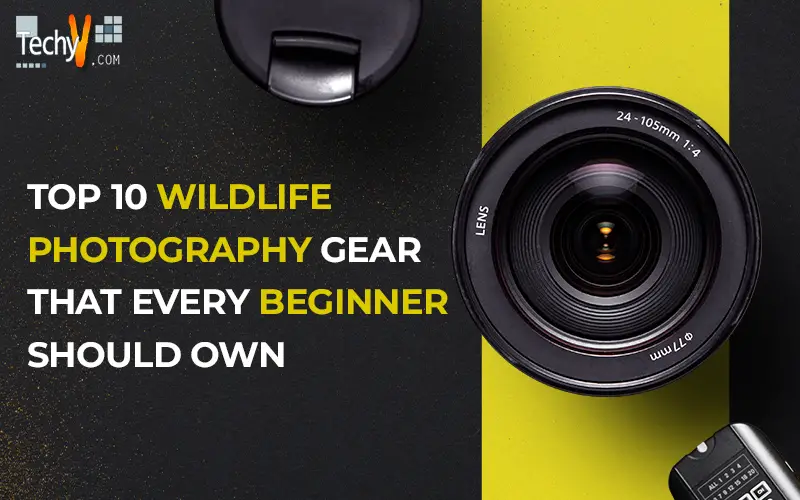1. Wide-Angle Lens
I recently returned from a two-week wildlife photography trip in British Columbia’s Chilcotin Mountains, where I spent the time kayaking alongside grizzly bears and taking pictures of them. Now that the experiences are fresh in my mind, it is the ideal moment to compile a list of the necessary gear for wildlife photographers.
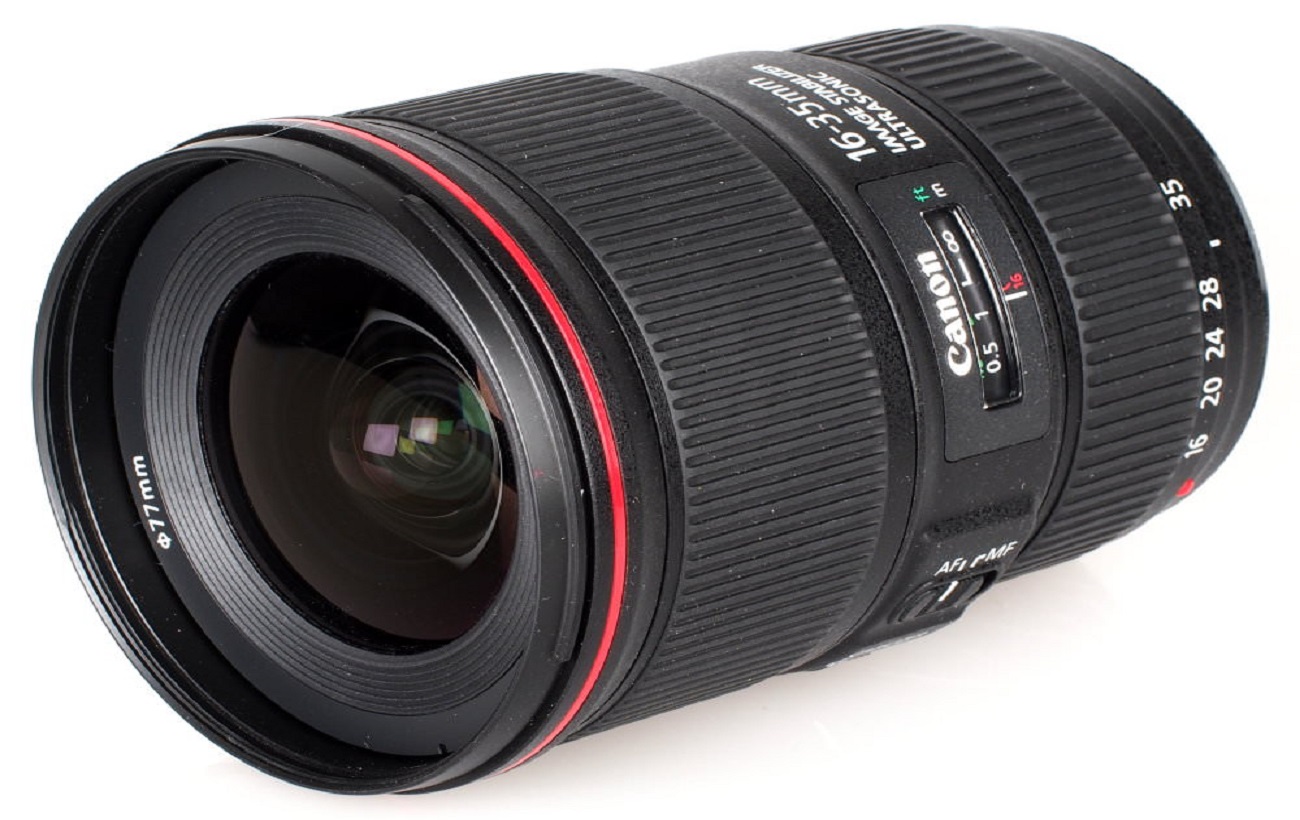
2. Memory Card and Batteries
When the action begins, it’s common for you to become too trigger-happy. You can prevent running out of space or power when things start by having fully charged batteries and formatted memory cards.
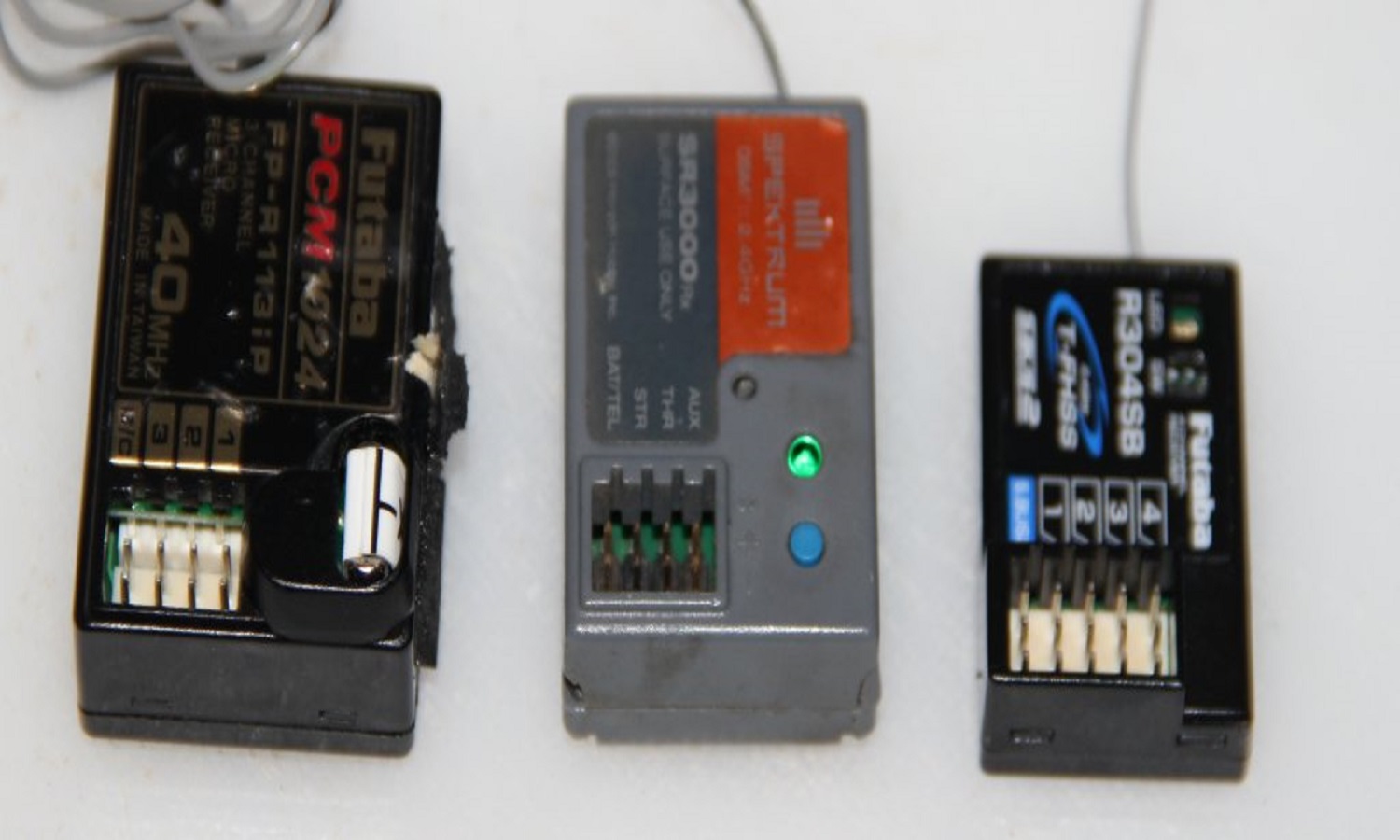
3. Tripod
Having a reliable tripod and gimbal head can make a big difference in your ability to take excellent pictures. The additional stabilization is helpful while shooting in low light. Still, it can also be ideal for keeping your camera primed and ready in a specific direction if something should happen.
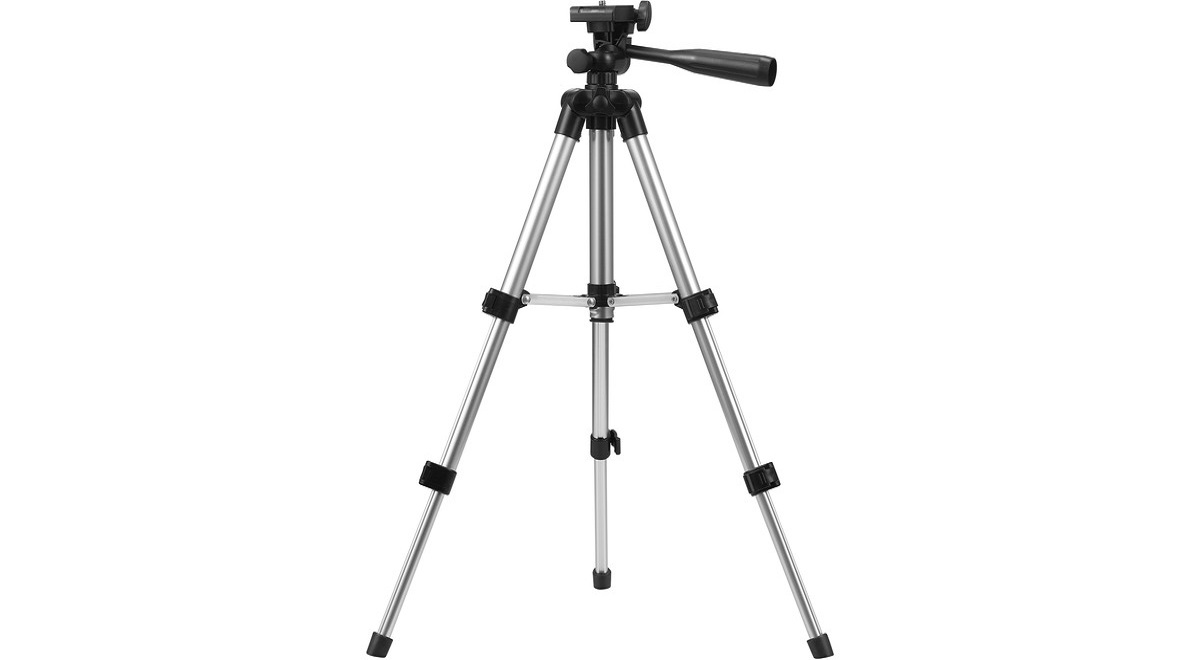
4. Telephoto Lens
A conventional lens may not always allow you to get close enough to a kind of animal, even though it is a very satisfying experience to interact with it. The Canon EF 100-400mm f/4.5-5.6L IS II USM, or another flexible telephoto lens with a focal length of 200mm or more, will enable you to approach wildlife while still giving them their proper distance.
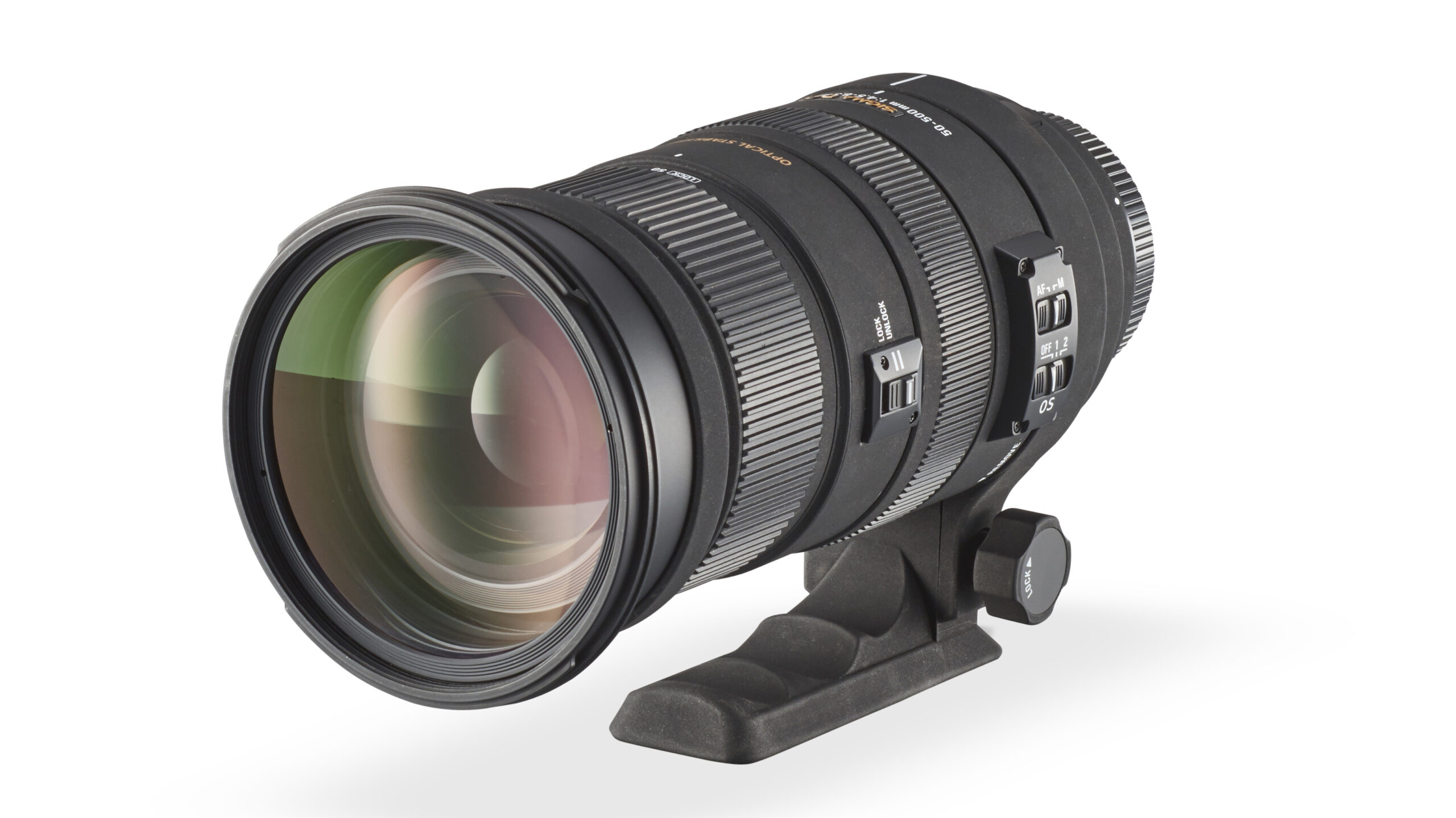
5. Suitable Camera
However, a few things to watch out for when selecting your first camera. Which camera you choose is largely a matter of personal opinion. High ISO performance is always advantageous because it is frequently difficult to picture wildlife. With action shots, a quick burst mode will be helpful. The most important decision is usually between a crop sensor and a full frame. I prefer crop since it provides you with the extra reach that wildlife photographers frequently require.
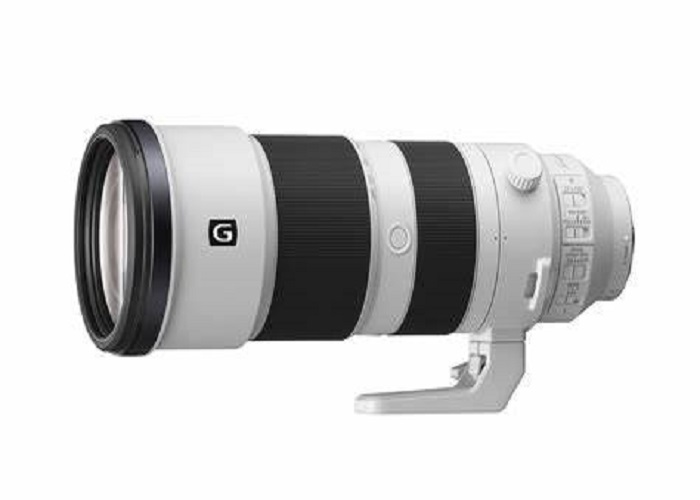
6. A Headlamp
Early in the day or late at night, when the light is less harsh, you’ll find the majority of nice wildlife photography options. As a result, you’ll probably spend some time in the dark before or after your picture session. I like to travel with both a flashlight and a headlamp.
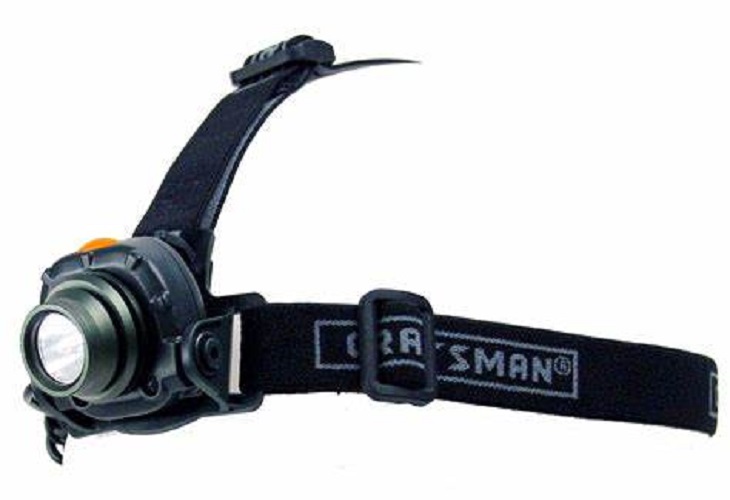
7. A Gimbal Head
A gimbal is a tool that balances your camera and lens combination perfectly while sitting on top of your tripod. It enables you to pan and tilt your camera and lens in any direction with no effort. I would classify this as a necessary component for wildlife photography with any lens that is 400mm or longer.
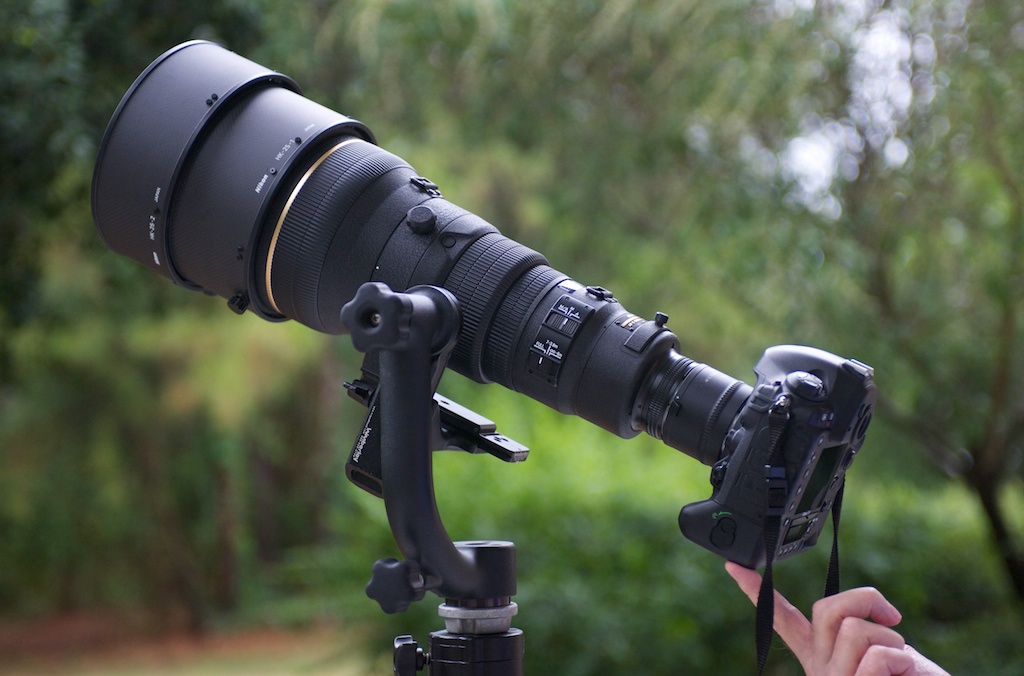
8. A Camera Bag for Long Lenses
A tough camera backpack that can accommodate heavy telephoto lenses is what you’ll need. A sturdy backpack is what I would suggest because shoulder bags and slings don’t provide enough size and support. I now suggest the following bags for folks hauling large super telephoto lenses.
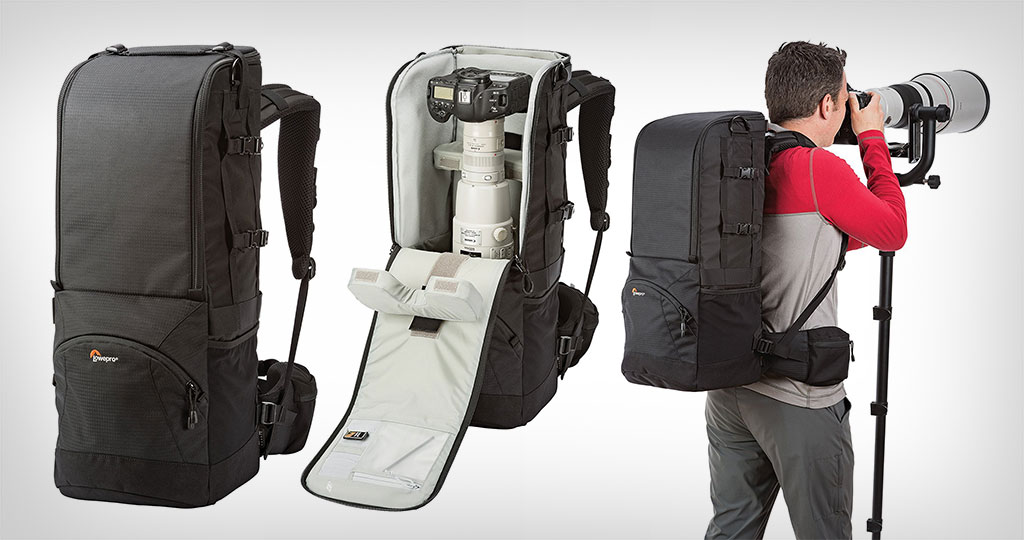
9. Binoculars
You may have to wait hours to find your target subject while scanning the horizon. A pair of binoculars or a monocular is necessary for a wildlife photographer. It is just not practicable or comfortable to do this with your camera and lens.
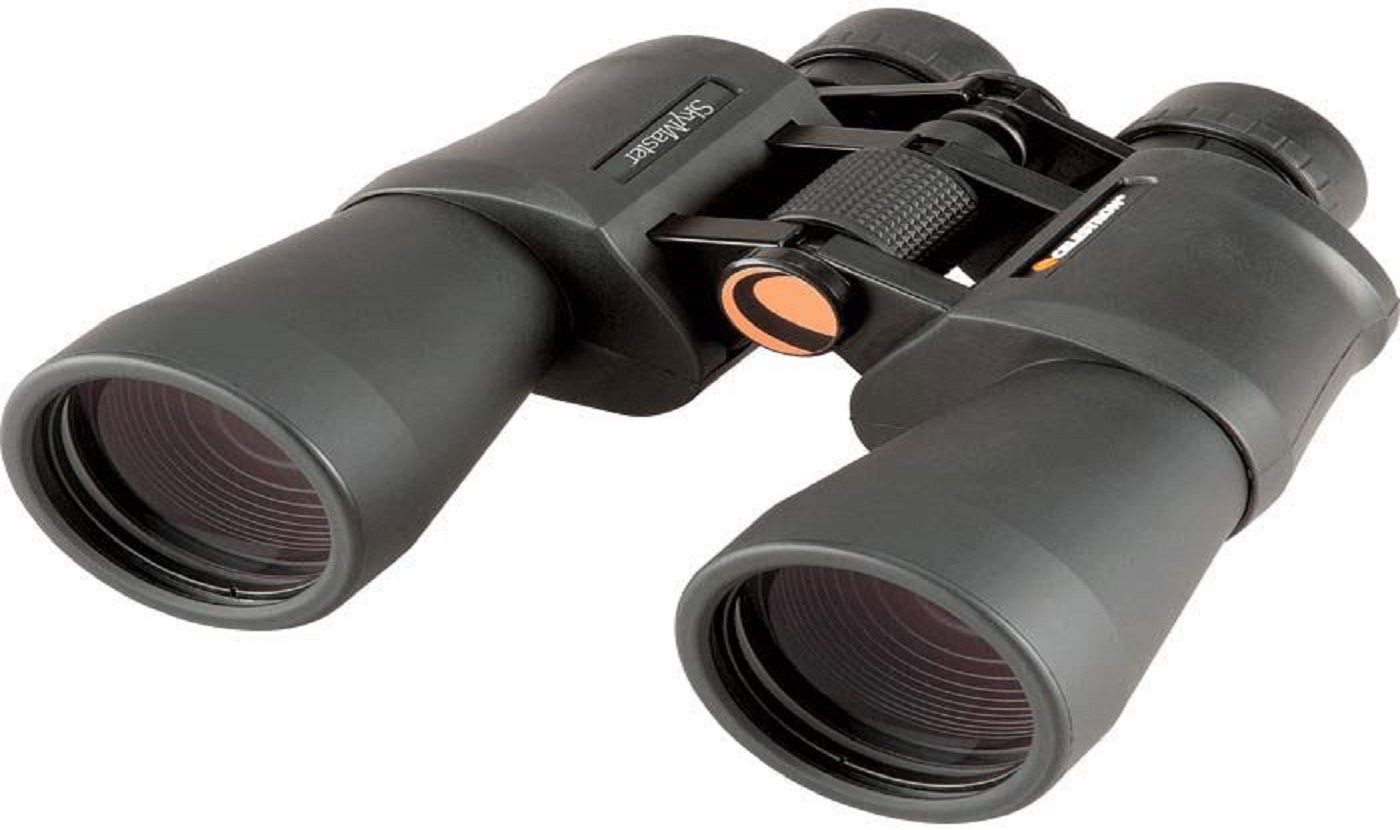
10. Teleconverter
When photographing smaller animals or those you can’t get near, teleconverters, also known as extenders, are a terrific method to expand the reach of your long lens. Extenders are a crucial component of my equipment for wildlife photography. The truth is that when used correctly with suitable lenses, extenders from the big brands are all extremely good. They certainly impact AF speed, contrast, and sharpness, but if you truly get the constraints, there are ways to counteract that.
